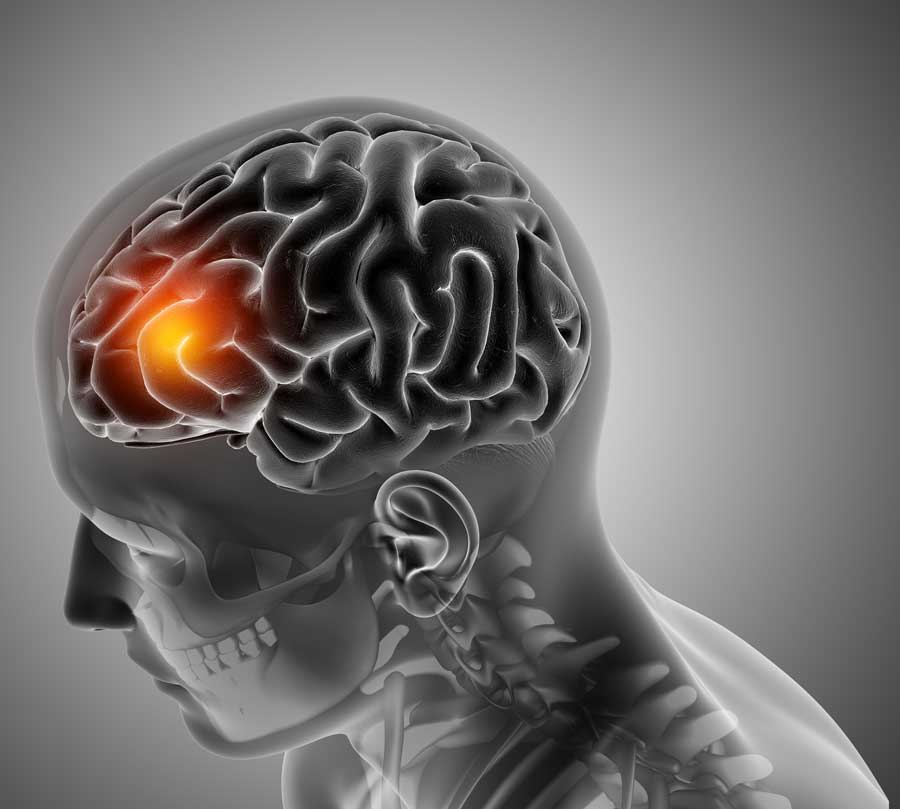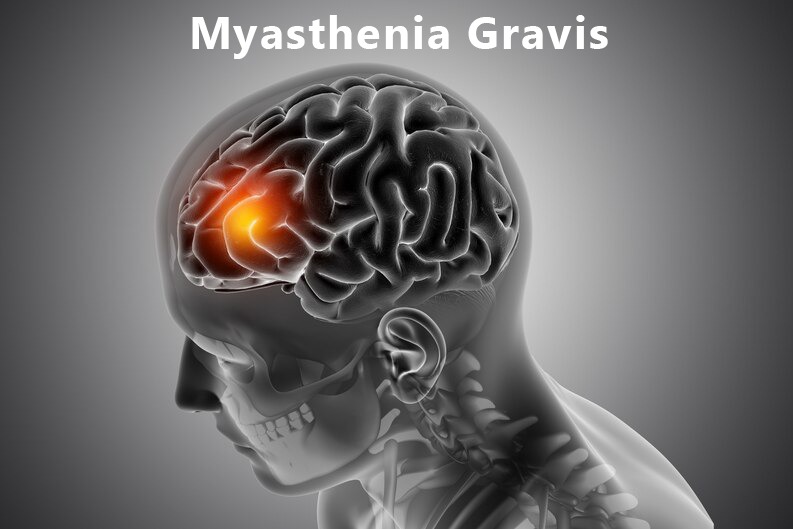Myasthenia gravis presents a formidable challenge in the realm of neurological disorders, characterized by debilitating muscle weakness that hinders everyday activities. This condition arises when the lines of communication between nerve cells and muscles falter. Although a definitive cure for myasthenia gravis remains elusive, numerous treatments are available to alleviate its symptoms. In this blog, we explore the causes, risk factors, symptoms, complications, and diagnostic methods associated with myasthenia gravis. We also emphasize the promising Myasthenia gravis ayurvedic treatment options that offer a holistic path to healing.

Understanding the Underlying Cause:
Myasthenia gravis is an autoimmune disease in which antibodies, typically defenders against foreign invaders, mysteriously target and dismantle acetylcholine neurotransmitters. This destructive process disrupts the crucial communication between nerves and muscles, resulting in muscle weakness. However, the precise trigger for this malfunction in the immune system remains enigmatic.
Identifying Risk Factors:
Several factors can heighten the risk of developing myasthenia gravis:
1. Genetics: Individuals with a family history of the disease are more susceptible to inheriting it.
2. Gender and Age: Myasthenia gravis is more likely to affect women between the ages of 20 and 40, while men face higher risks after reaching 60.
3. Stress: Stress and anxiety can exacerbate the condition.
4. Pregnancy and Menstruation: Hormonal fluctuations during pregnancy and menstruation may influence symptom severity.
Recognizing Symptoms:
Myasthenia gravis manifests primarily through muscle weakness. Initially, rest may offer temporary relief, but as the disease progresses, weakness becomes persistent. Although it can impact any muscle group, specific areas are more commonly affected, including:
● Eye Muscles: Resulting in weakness, drooping eyelids, and double vision.
● Face, Throat, Neck, and Limb Muscles: Leading to changes in vocal tone, difficulty swallowing, altered facial expressions, gait alterations, and difficulty holding up the head.
Managing Potential Complications:
The most severe complication of myasthenia gravis is a myasthenic crisis, a life-threatening condition characterized by severe muscle weakness, particularly in the respiratory muscles, leading to breathing difficulties. Other potential complications include thymus gland tumors, thyroid issues, rheumatoid arthritis, and lupus.
Diagnostic Process:
Diagnosing myasthenia gravis involves several tests and examinations, including:
● Physical Examination: Assessing reflexes, muscle weakness, and eye function.
● Blood Test: Detecting the presence of antibodies in your body.
● Repetitive Nerve Stimulation Tests: Evaluating nerve and muscle responses to repeated stimuli.
● CT and MRI Scans: Identifying thymus gland tumors or other structural abnormalities.
Ayurvedic Approach to Myasthenia Gravis:
Ayurveda, a centuries-old medical system with a rich history spanning over 3000 years, offers potential relief for myasthenia gravis. Kerala Ayurveda, practiced in the state of Kerala, India, is renowned for its skilled practitioners and deep-rooted connection to traditional Ayurvedic principles. According to Ayurveda, maintaining equilibrium among the three doshas—Vata, Pitta, and Kapha—is essential for overall health.
Myasthenia gravis is classified as a Vata disorder, indicating an imbalance in the Vata dosha. Ayurvedic treatments for myasthenia gravis aim to:
● Correct the Vata imbalance.
● Restore Vata pathways.
● Revitalize muscles and the nervous system.
● Eliminate toxins through appropriate panchakarma therapies.

The specific treatment plan varies based on an individual’s dosha type, overall health, and the severity of the disease. Patients are often prescribed a customized diet to complement their treatment. Continued adherence to medication and dietary recommendations is crucial for achieving optimal results.
Conventional Treatment Options:
While Myasthenia Gravis Ayurvedic treatment provides holistic solutions, it is essential to recognize the pivotal role of conventional medical approaches in managing this condition. These approaches include:
● Medications: Enhancing muscle strength, limiting antibody production, and suppressing the immune system.
● Intravenous Therapies: Providing immediate relief during exacerbations.
● Thymus Gland Removal Surgery: Recommended in specific cases.
Prevention and Self-Care:

Given the elusive nature of myasthenia gravis’s cause, complete prevention remains challenging. However, several steps can help alleviate symptoms and improve the quality of life:
● Rest: Adequate rest is essential for pain and fatigue management.
● Eye Patches: Useful for managing double vision.
● Stress Management: Reducing stress and anxiety can mitigate symptoms.
● Yoga and Meditation: Gentle exercises and relaxation techniques can be beneficial.
● Heat Avoidance: Limiting exposure to excessive heat can prevent symptom aggravation.
Conclusion
Myasthenia gravis is a complex condition demanding comprehensive management. While conventional treatments are effective, Ayurveda offers a holistic approach that addresses the root causes and promotes overall well-being. By harnessing the strengths of both approaches, individuals living with myasthenia gravis can enhance their quality of life and find relief from its challenging symptoms

Leave a Reply